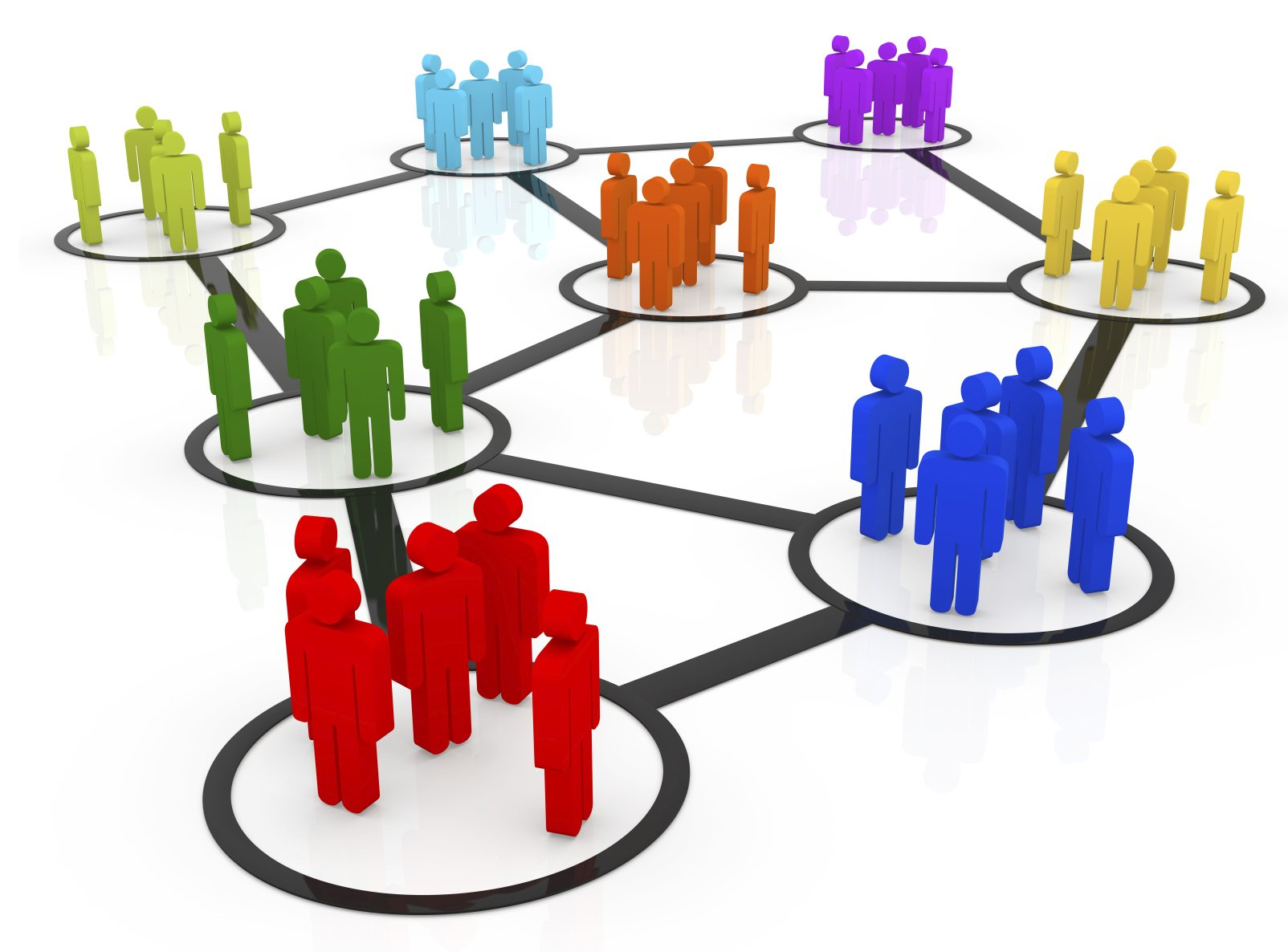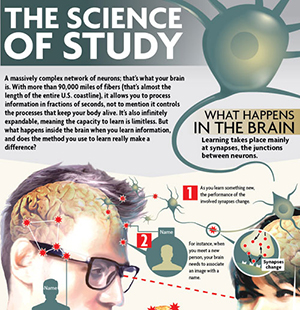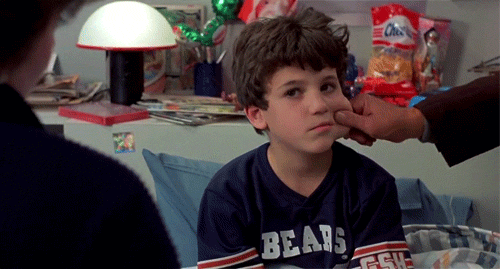
I’ve started a discussion (or I hoped I did) the other day — it was about LinkedIn algorithms for auto moderating. These algorithms don’t work well. As an example, I invoked a group discussion I’ve started in a group where I am a moderator that was moved to “jobs” because LinkedIn didn’t understand the content. The article I shared was on the psychology of criminal sentencing research. It had nothing to do with jobs. Then when I looked around, I found other articles that people shared that ended up under “promotions” and “jobs” tabs. Different groups have different purposes. Some groups are about sharing information — I welcome people sharing articles about relevant topics. Such groups become magazines, news papers for narrow subject areas and self-selected audiences. That is very useful. Sometimes, there are discussion around these articles, sometimes not. That’s okay — that’s the kind of group it might be. When groups start, they are a potentiality — something wonderful might happen…or might not. It takes at least 500 group members to start the group moving and propagating. (I did a bit of research on this a few years ago.) Before that number, it is a lot of work…




